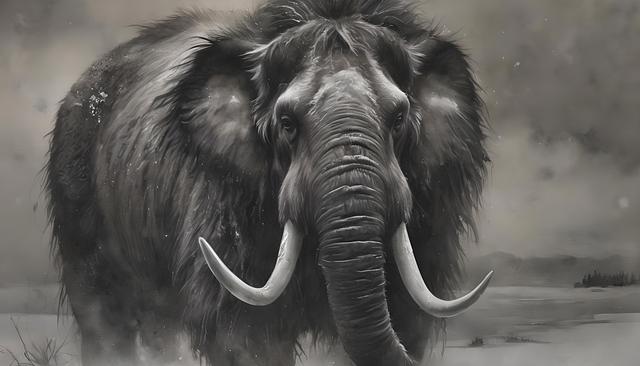The Woolly Mammoth: Lost Giant
Introduction
The Woolly Mammoth, a prehistoric giant that roamed the Earth during the Pleistocene epoch, has captivated the imagination of both scientists and the general public for centuries. These majestic creatures, with their long, curved tusks and shaggy coats, once thrived in various parts of the world.
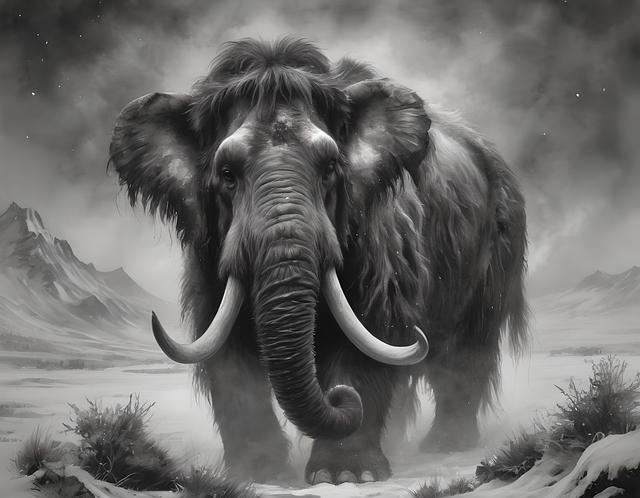
(Image: Pixabay/@CharcoalDrawing)
Belonging to the genus Mammuthus, the Woolly Mammoth was well adapted to the cold climates of the Ice Age. Their unique features, including a hump of fat on their backs, helped them survive in harsh conditions, and their thick fur provided insulation against the freezing temperatures.
Habitat and Range
Woolly Mammoths were primarily found in the northern regions of Eurasia and North America, with large populations inhabiting areas such as Siberia and Alaska. These massive herbivores preferred open tundra and grassland environments where they could graze on grasses, herbs, and shrubs.
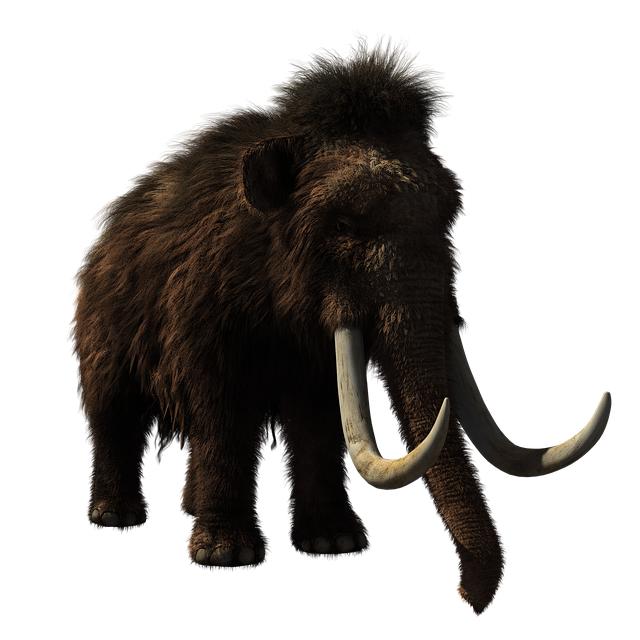
(Image: Pixabay/@tony241969)
Their vast range meant that different subspecies of Woolly Mammoths developed unique adaptations based on their specific habitats. Some populations lived in more forested regions, while others thrived in the icy expanses of the Arctic.
Diet and Eating Habits
As herbivores, Woolly Mammoths primarily fed on grasses and other plant materials. Their long, curved tusks were used to sweep away snow and break through ice to access vegetation below. Despite their large size, these giants consumed vast amounts of plant matter to sustain their energy needs.
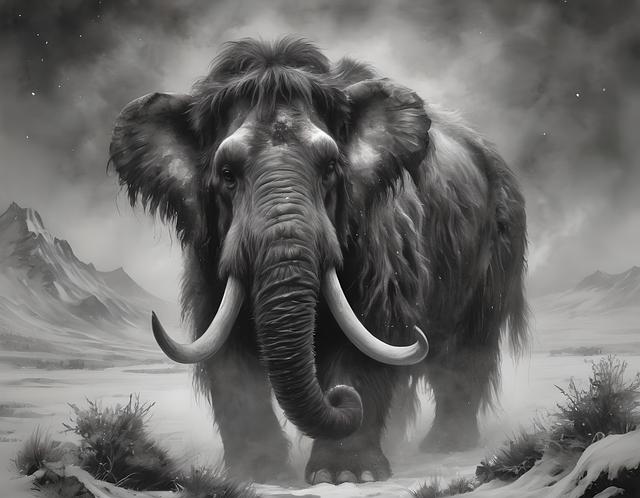
(Image: Pixabay/@CharcoalDrawing)
Research suggests that Woolly Mammoths played a crucial role in shaping the landscape through their feeding habits. By trampling vegetation and dispersing seeds through their dung, they influenced the distribution of plant species in their habitats.
Extinction Theories
The exact reasons for the extinction of the Woolly Mammoth remain a topic of debate among scientists. Climate change, overhunting by early humans, and the encroachment of modern species are all proposed factors that may have contributed to their demise.
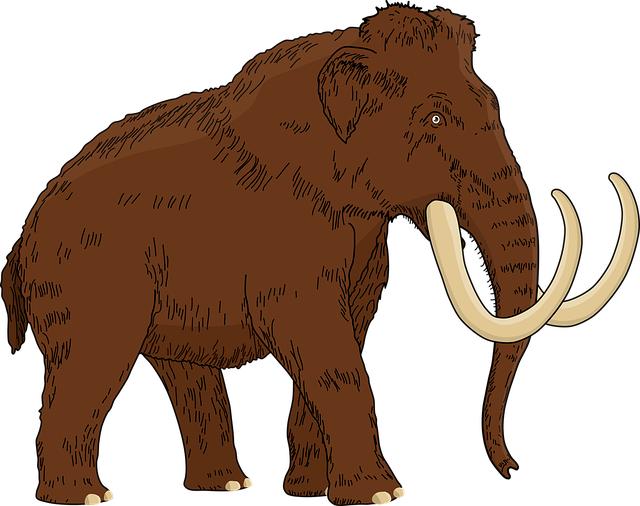
(Image: Pixabay/@mostafaelturkey97)
Some researchers suggest that a combination of these factors led to the eventual extinction of these magnificent creatures around 4,000 years ago. The disappearance of the Woolly Mammoth marked the end of an era in Earth's history.
Revival Efforts
Recent advancements in genetic technology have sparked interest in potentially reviving the Woolly Mammoth through cloning or genetic engineering. Scientists are exploring the possibility of using DNA samples from well-preserved mammoth remains to bring these iconic creatures back to life.
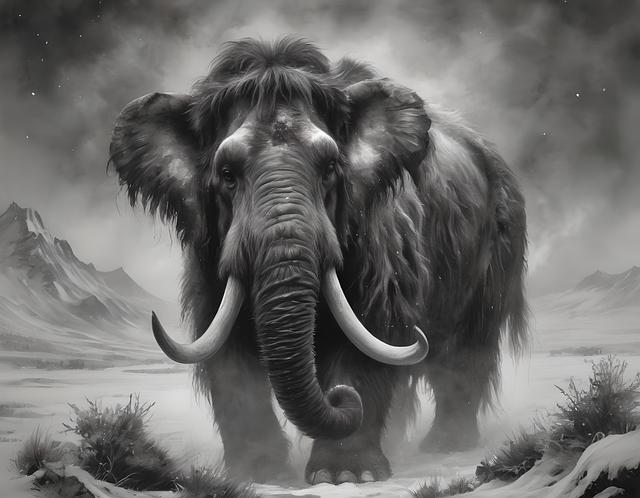
(Image: Pixabay/@CharcoalDrawing)
However, ethical concerns and logistical challenges pose significant hurdles to any revival efforts. While the idea of seeing a living Woolly Mammoth once again may sound intriguing, the practicality and implications of such a feat raise important questions about our relationship with extinct species.
In conclusion, the Woolly Mammoth stands as a symbol of a bygone era, reminding us of the rich biodiversity that once graced our planet. Whether we will ever witness the resurgence of these magnificent beasts remains uncertain, but their legacy lives on in the scientific pursuit of understanding our planet's history.

